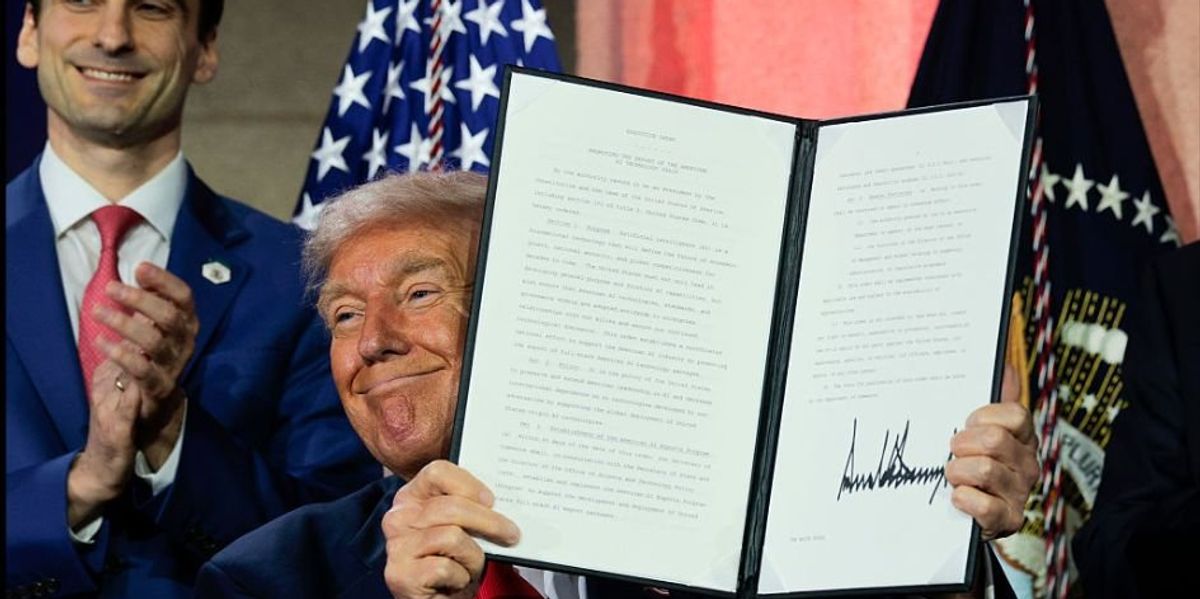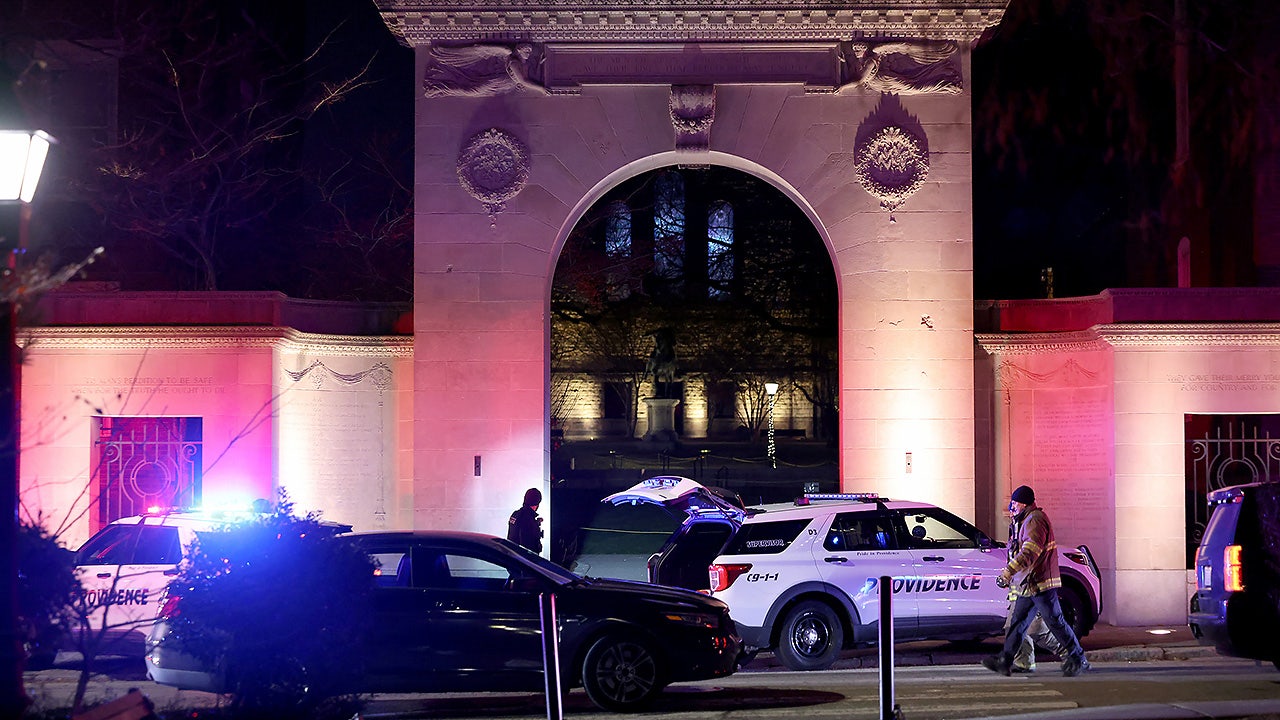The Biden-era obsession with “AI safety” is officially over.
Last week, the Trump administration unveiled its long-anticipated AI Action Plan — a sweeping strategy that replaces cautious bureaucratic oversight with a clear mandate: Win the global AI race.
The plan aims to streamline permitting and spur domestic manufacturing, creating high-skilled jobs in fields like electrical engineering and advanced HVAC along the way.
Headlined by longtime Trump ally David Sacks, now serving as the White House’s AI and cryptocurrency czar, the plan prioritizes innovation, infrastructure, and American labor over hand-wringing about theoretical harms.
In fact, the administration recently rebranded the Department of Commerce’s AI Safety Institute as the Center for AI Standards and Innovation. It’s a symbolic but telling move.
During a press call, Sacks and Michael Kratsios, director of the Office of Science and Technology Policy, outlined the three pillars of the plan, which stem from Executive Order 14179 and incorporate feedback from more than 10,000 public comments.
1. Accelerate AI innovation
The plan’s top priority is unleashing American innovation by slashing red tape and promoting widespread adoption of AI tools. According to Sacks, embracing AI’s full potential is critical to maintaining America’s competitive edge — and the only way to secure “unquestioned and unchallenged” global technological dominance.
Kratsios emphasized that deregulation will play a major role in achieving that goal, especially in sectors like health care, energy, and scientific research. “Truth and objectivity,” he said, will guide AI development — not politically motivated filters.
2. Build infrastructure — fast
America’s AI dominance depends on physical infrastructure: chip fabs, data centers, and a power grid capable of supporting them. The plan aims to streamline permitting and spur domestic manufacturing, creating high-skilled jobs in fields like electrical engineering and advanced HVAC along the way.
3. Lead globally
Trump’s team wants to position the U.S. as the world’s go-to AI partner — offering full-stack export packages that include hardware, software, and trained models to allies across the globe. The plan envisions a vast international ecosystem anchored in American-made platforms.
Crucially, that includes drawing a hard line against ideological gatekeeping by only contracting with LLM developers who avoid “ideological bias,” particularly “DEI,” a senior government official familiar with the plan said.
RELATED: ‘There’s nowhere to go’: Will Elon Musk stop the AI Antichrist — or become it?
The Washington Post/DeAgostini/Getty Images
Heeding Orwell
Throughout the rollout, both Sacks and Kratsios made clear that the plan aims to protect free expression and resist “Orwellian” uses of AI. Systems that engage in social engineering or suppress politically disfavored speech will be excluded from federal contracts.
At the same time, the plan notably sidesteps the hot-button issue of AI’s use of copyrighted content. Officials said the matter falls under fair use doctrine and is currently being litigated, making it outside the executive branch’s current scope.
‘National security imperative’
The AI Action Plan opens with a preamble from President Trump, who calls the initiative a matter of national security.
As our global competitors race to exploit these technologies, it is a national security imperative for the United States to achieve and maintain unquestioned and unchallenged global technological dominance. To secure our future, we must harness the full power of American innovation.
The plan is expected to be implemented over the next 6 to 12 months, led by the OSTP and in coordination with industry and international partners.
Read the full article here











![Tulsi Gabbard Sounds Alarm on Radical Islamist Ideology Infiltrating America [WATCH] Tulsi Gabbard Sounds Alarm on Radical Islamist Ideology Infiltrating America [WATCH]](https://www.lifezette.com/wp-content/uploads/2025/05/2025.05.15-03.49-lifezette-68260d2300cc4.jpg)
